Be the first to review this product
PRODUCT DETAILS
C. pepo. Dating back to 1863, Small Sugar pumpkin seeds are the heirloom of choice for baking pies. Just look at the various names this old time variety has been known by: New England Pie Pumpkin, Northeast Pie, Boston Pie, Sugar Pie, Early Sugar Pie, and Sweet Sugar - to name a few! This is the classic (if not original) pie pumpkin with small, round, slightly flattened orange fruits that have very light rib indentations. Each fine-grained, stringless pumpkin averages 20cm (8") tall by 23cm (9") wide. The votes are in, making Small Sugar one of the best of all pumpkins for canning and pies.
Matures in 110 days (Open-pollinated seeds)
- Finest, sweet flavour for pies
- Round and slightly ribbed
- 23cm (9") diameter
- Open-pollinated seeds
- Matures in 110 days
All About Small Sugar
Latin
Cucurbita maxima & C. pepo. Family: Cucurbitaceae
Difficulty
Easy, but these big plants require lots of room.
Season & Zone
Season: Warm season. Exposure: Full sun
Timing
Direct sow or transplant in late spring when soil warms up. For transplants, start seeds indoors 4-6 weeks after the last frost date. Try to get the plants into the ground no later than the summer solstice. Optimal soil temperature for germination: 25-35°C (68-95°F). Seeds should sprout in 7-14 days.
Starting
Sow seeds 2cm (1″) deep. Sow 3 seeds in each spot you want a plant to grow and thin to the strongest plant. Space plants at a minimum of 90-120cm (36-48″) apart in rows 120-180cm (48-72″) apart. If starting transplants indoors, consider using the 12-cell plug inserts.
Growing
Ideal pH: 6.0-6.8. These big plants need lots of food. Choose a sunny spot with fertile, well-draining soil. Dig in a generous quantity of finished compost and/or composted manure. Dig in 1 cup of complete organic fertilizer under each plant. All pumpkins grow male flowers first, then the female flowers are produced. The female flowers have tiny fruits at the base of the petals and require pollination by bees, mostly. Incomplete pollination is common at the beginning of the season, and results in small fruits that are misshapen at the flower end. Discard these damaged fruits before they rot.
For the largest pumpkins, feed weekly throughout the growing season with fish or kelp based fertilizer. Keep the huge plants well watered, particularly in hot weather. Always water the soil, and avoid any form of overhead watering other than rain. Fruit will grow larger if you keep only one fruit per vine. As the fruit develops, try to gently encourage it to grow at a 90° angle to the vine itself. The largest pumpkin varieties will grow on their sides.
Harvest
Like other winter squash, pumpkins are mature when they have coloured up well and their stems are crisp. For the best sugar content, cut the stem about 4cm (2″) or so from the body of the fruit. If the weather is dry, allow the pumpkins to cure in the field for 10 days, or in a warm room for 4-5 days. Bring pumpkins in under cover before rain.
Seed Info
In optimal conditions at least 80% of seeds will germinate. Usual seed life: 2 years. Per 100′ row: 60 seeds, per acre: 6.5M seeds.
Diseases & Pests
Powdery Mildew: An airborne fungal disease that causes white spots on the leaves at the end of the season. Several home-sprays are said to be somewhat effective. Spray any of the following at 7-10 day intervals. 1tsp baking soda and 1 quart of water with a squirt of dish soap, or 1 part milk to 9 parts of water. You can add a little kelp based fertilizer to the mix. Resistant varieties get the mildew just a few days later than the other varieties.
| Brand | West Coast Seeds |
|---|---|
| Manufacturer Part Number | PU660AF |
| UPC | 687704072276 |
| Family | Pumpkins |
| Days to Maturity | 110 |
| Certified Organic | No |
| Heirloom | No |
| Open Pollinated | Yes |
| Hybrid | No |
| Pack Options | A pack |
| Package Language | Bilingual |
| Shipping Type | Seeds |

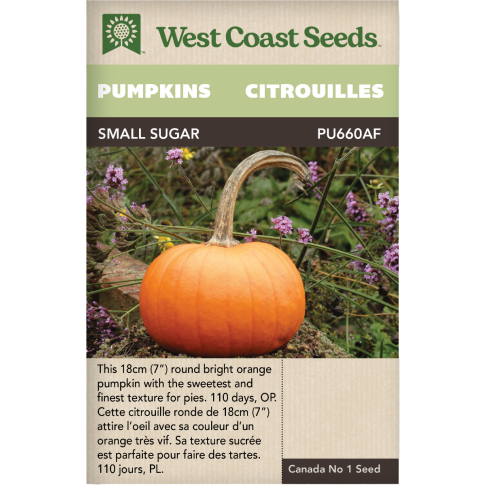




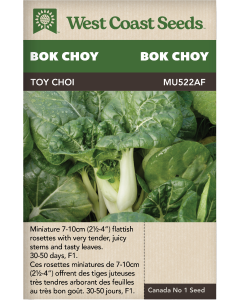

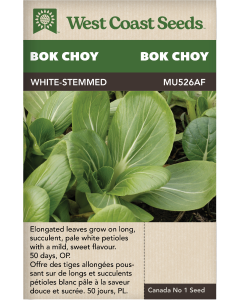
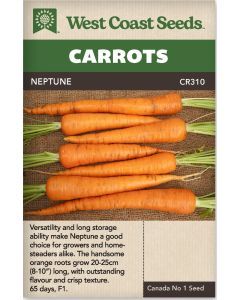









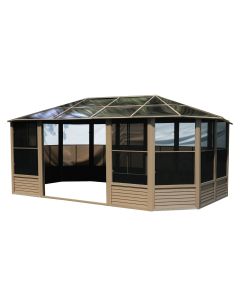



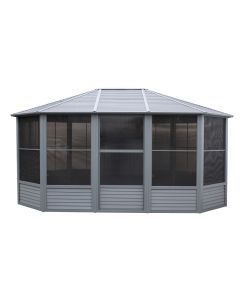


Login and Registration Form